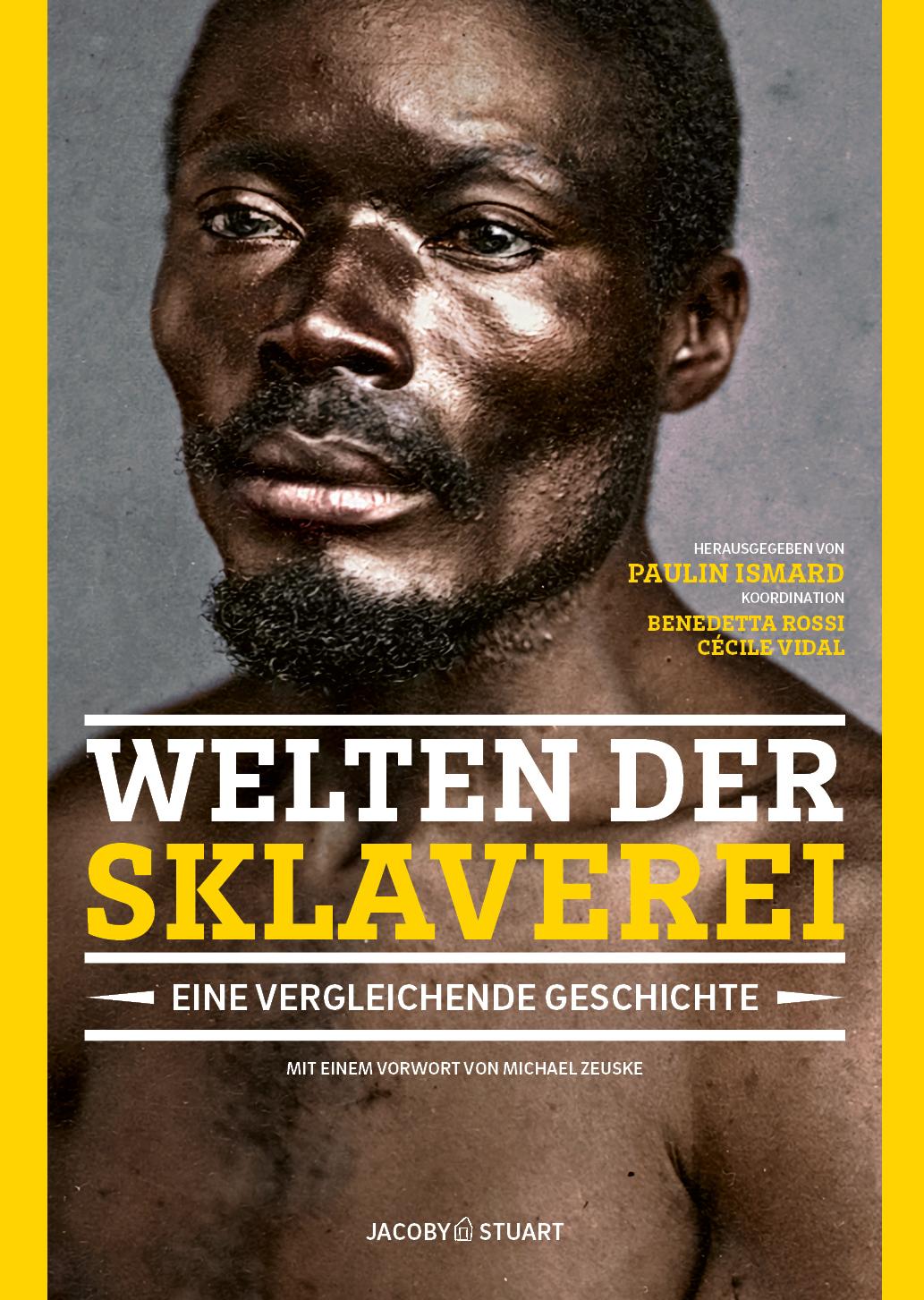Slavery is not in the world, it is in us

 Jacoby & Stuart
Jacoby & StuartWorlds of Slavery - A Comparative History | Paulin Ismard (ed.) | Jacoby & Stuart | 1200 pages | 78 EUR
What is slavery and how did it come about? For these questions, Worlds of Slavery will remain both a standard work and a starting point for historical scholarship for a long time to come. Under the direction of Paulin Ismard, numerous historians have compiled their knowledge under three large thematic arcs. The first part, "Situations", describes and evaluates specific circumstances. In the beginning, slavery was almost always associated with wartime capture. In the minds of people, a slave could only be an Other. Over time, this 'other' was defined more and more broadly until finally individual people were being denied humanity itself. Slaves became objects. It is said to have been the Greeks from the island of Chios who were the first to sell people for money. They traded slaves for wine, making the island very rich.
From the outset, Paulin Ismard's team tries to define what slavery actually is. At its conclusion, after several hundred pages, it is clear that the condition cannot be precisely defined. Ultimately, the clearest criterion as to whether one is a slave or not remains a commercial value. The levels of hierarchical dependence and personal bondage are so numerous and sophisticated that the final transition to slavery is often not easy to determine. In ancient China and other parts of Asia, it seems that there was not even a word for personal freedom. The concept that a person could be free came from the ancient Greeks. It was Solon who, in the 6th century BC, first codified the freedom or freedoms of the citizens of Athens, meaning that no citizen could lose their personal freedom. This was particularly important when it came to the question of how debtors who were unable to repay their loans should be treated. After imprisonment, this was the second most common reason for slave-like dependencies. The problem here was that the debtors belonged to their own people. Societies that introduced slavery in this way had to redefine the Other. A door was thus opened to the treatment of people as objects or commodities. Surprisingly, slaves who had become free again often became slave owners themselves.
Slavery has been known to exist since the end of the Neolithic period. It continues in various forms to this day. Reading chapter after chapter about slavery through the ages and regions, you sense that it is inextricably linked to mankind. The official ban on slavery, imposed worldwide by Western civilization, suddenly appears as a possible exception, a development that could collapse again at any time. A terrifying realisation. The fact that there is no room for freedom(s) between a digital zero and a one could allow slavery to regain strength in the long term, however we were to define it then. But that is a whole other topic. Worlds of Slavery gives the reader a retrospective. The book conveys, powerfully, an overview that has never been seen before.
Once you have worked your way through 51 "Situations"(part 1), you can take a look at the 26 chapters in "Comparisons" (part 2), which attempt to penetrate, by means of an abstract and scientific approach, individual concepts such as captives, bodies, resistance or the slave trade. While some may find this hard work, it is certainly necessary in the context of historical scholarship.
The 17 chapters on transitional periods, "Transformations", make up the third and final part of the book. Here are found keywords such as monotheism, antiquity and the High Middle Ages, Islam, the churches and Atlantic slavery, the plantation age, capitalism and contemporary slavery. The circumstances already described earlier in the book and the conditions of their emergence are placed here in a broader temporal framework.
Reading the book can be a shock - but largely a liberating shock. Why? Because it gives the reader a crystal-clear view of the subject. What has been analysed historically in its finest ramifications can be better seen in its present. Slavery is the last thing humanity needs. It has yet to prove that it is permanently immune to this fundamental evil.



